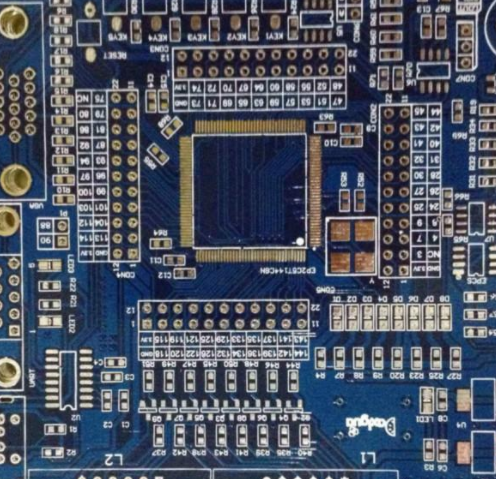
Five important characteristics of electromagnetic interference of PCB board
p> Some people say that there are only two kinds of electronic engineers in the world: experienced and inexperienced With the tracking and delivery of PCB boards, electromagnetic compatibility design is a problem that our electronic engineers must consider There are five important attributes to consider:
1) Critical Device Size: The physical size of the emitting device that produces the radiation. Radio frequency (RF) current will generate an electromagnetic field that will leak out of the case through the case. The length of the trace on the PCB as the transmission path directly affects the RF current
2) Impedance matching: The impedance of the source and receiver, and the transmission impedance between them
3) Time characteristics of the disturbance signal: Is the problem a continuous (periodic signal) event, or only exists in a specific operation cycle (for example, single key operation or power on interference, periodic disk drive operation or network burst transfer)

4) Strength of the interfering signal: How strong is the source energy level and how likely it is to cause harmful interference
5) Frequency characteristics of the interference signal: Use the spectrum analyzer to observe the wave form
In addition, some low frequency circuit design habits need attention For example, my usual single point grounding is very suitable for low frequency applications, but it was later found that it is not suitable for RF signal applications, because there are more EMI problems in RF signal applications It is believed that some engineers apply single point grounding to all product designs, but they do not realize that using this grounding method may cause more or more complex EMC problems
We should also pay attention to the current in the circuit components With circuit knowledge, we know that the current flows from the place with high voltage to the place with low voltage. The current always flows through one or more paths in the closed loop circuit. In addition, a small loop and a very important law For the direction of measuring interference current:, modify the PCB trace so that it does not affect the load or sensitive circuit Applications that require a high impedance path from the power supply to the load must consider all possible paths through which the return current may flow
There is also a PCB routing problem The impedance of conductor or trace consists of resistance R and inductive reactance, and there is no capacitive reactance at high frequency When the tracking frequency is higher than 100kHz, the wire or trace will produce induction Wires or traces working above audio can become radio frequency antennas In EMC specifications, wires or traces are not allowed to work in the following »/20 of a certain frequency (the design length of the antenna is equal to Î »/4 or »/2 of a certain frequency) The trajectory becomes an efficient antenna, which makes later debugging more difficult
Then discuss the PCB, Consider PCB board When the PCB is too large, the anti-interference ability of the system will decrease with the increase of the trace, and the cost will increase If the size is too small, it is easy to cause problems of heat dissipation and mutual interference Second, determine the location of special components (such as clock components) (the clock tracks should not be laid on the ground and not on the top and bottom of key signal lines to avoid interference) Third, according to the circuit function, the overall layout of the project PCB is implemented In the assembly layout, the relevant parts shall be as close as possible to obtain better anti-interference effect
The above is the explanation given by the editor of pcb circuit board company. If you want to know more about PCBA, you can go to our company's home page to learn about it. In addition, our company also sells various circuit boards,
High Frequency Circuit Board and SMT chipare waiting for your presence again.






